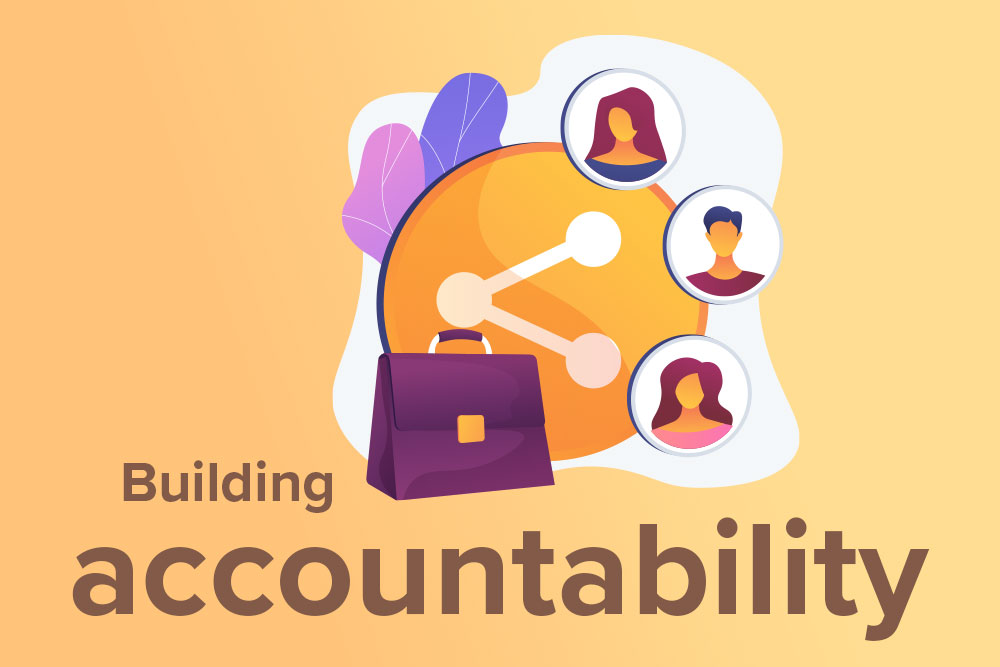As a result of the pandemic, most of us have experienced a combination of working from home and working from the office. This work arrangement, also called a hybrid working model, is likely to continue, with many employers declaring their intentions to do so beyond the pandemic.
Some of us love hybrid working for its flexibility – we can work in a café or at home, while others feel that it blurs the line between our work and personal lives.
Regardless of how we feel about it, hybrid working is here to stay.
Some companies such as DBS and UOB see it as the future of work. Thus, they are planning to redesign their offices to support a hybrid working model permanently.
As we move to a mix of working-from-home (WFH) and working-from-office (WFO), we need to be mindful of the challenges this new system poses.
For instance, we may feel stressed about juggling our family commitments while we work from home. Then, there is also the issue of working together when we are apart from our colleagues – how do we maintain the effectiveness of team projects when we are no longer working side-by-side with our colleagues?
As hybrid working becomes normalised in our society, here are some ways that you transition to this new normal smoothly.

Caring for your mental health
Our mental health can affect our physical well-being and our work performance. Since the onset of the pandemic, we have moved from working in the office to working from home. Now, we must get used to the hybrid working model. With all these changes, it is no wonder that some individuals feel apprehensive.
A Straits Times article reported about how some employees feel stressed and anxious about returning to the office, after being accustomed to remote working.
Explaining how the new working arrangement affects employees, clinical psychologist Dr Felicia Neo said: “As more and more employees are asked to return to the workplace with increasing hours, many may view this as a break in the structure, regimen and normality that they have learnt to create in the environments they have set up for themselves over the past year.”
In some cases, some individuals may develop an adjustment disorder, which includes symptoms such as social withdrawal and isolation in workplace gatherings, becoming more anxious and feeling fearful and helpless.
Instead of fighting or dismissing the difficult feelings that you have, accept that it is okay to feel vulnerable or anxious. You can also practise mindfulness to increase your ability to sit with such difficult emotions.
Besides that, you can also carve out some time to de-stress by exercising or keeping a journal to pen down your thoughts. A Psychology Today article noted that journaling is known to “help individuals identify and process negative emotions”.

Building accountability
One of the key challenges of hybrid working is the misconception that employees may be skiving or less productive when they are working remotely. To prevent such misunderstandings, it would be good if managers follow the Tripartite Advisory on Flexible Working Arrangements that encourages supervisors to communicate their expectations upfront. These should cover work deliverables, performance targets and work arrangements, to ensure that employees’ performance is appraised fairly.
Besides that, managers also need to keep track of who is working where and when so that they can check if staff have any difficulties and figure out how to help.
On your part, you can help build accountability by updating your manager or supervisor about your work progress, based on a schedule that both of you agree on. You can also use collaborative tools such as Google Drive Suite or Microsoft Sharepoint, to share progress updates so that everyone is on the same page.

Communicate & connect
With everyone working in different places, supervisors need to frequently communicate with employees formally and informally to update them on key decisions and their rationale to get employees’ buy-in.
Mr Mayank Parekh, CEO of the Institute for Human Resource Professionals in Singapore, explained that this is critical since employees “are often suspicious and can become unmotivated when decisions are made in a ‘black box’ with inputs and outputs obscure and inconsistent.”
Unlike a traditional work environment where everyone works from the office, it is easy for us to feel disconnected from our colleagues. Thus, Mr Paul McDonald, senior executive director at staffing firm Robert Half, encourages managers to share personal news to foster stronger bonds between colleagues.
“Take time at the start of meetings to share personal news or conduct other exercises that foster mutual trust, care and respect for one another,” said Mr McDonald.
At the same time, we can also play a part by checking in with each other and participating in virtual team-building activities, where possible, to maintain camaraderie among colleagues.
As Mr Jean Drouffe, CEO of AXA Insurance Singapore, said: “If done right, a hybrid workplace can benefit employees and organisations as a whole — it can create a more empowered workforce. As a result, it is more likely to not only be more motivated and productive but also happier, healthier and more resilient overall.”
Even though our circumstances have changed, there are still ways to minimise the drawbacks of hybrid working and maximise its effectiveness. By being aware of what these are, we can take active steps to ensure that we take good care of ourselves and maintain open communication.
















